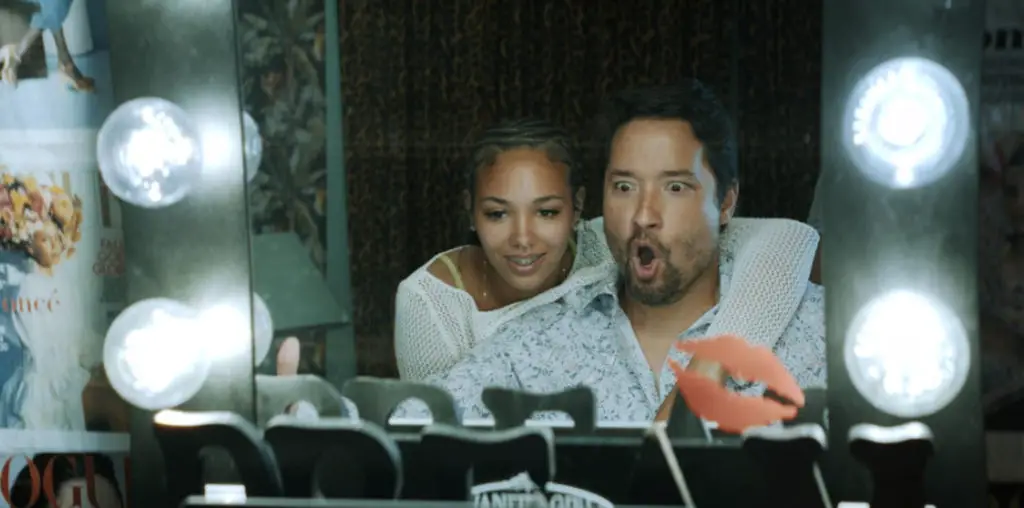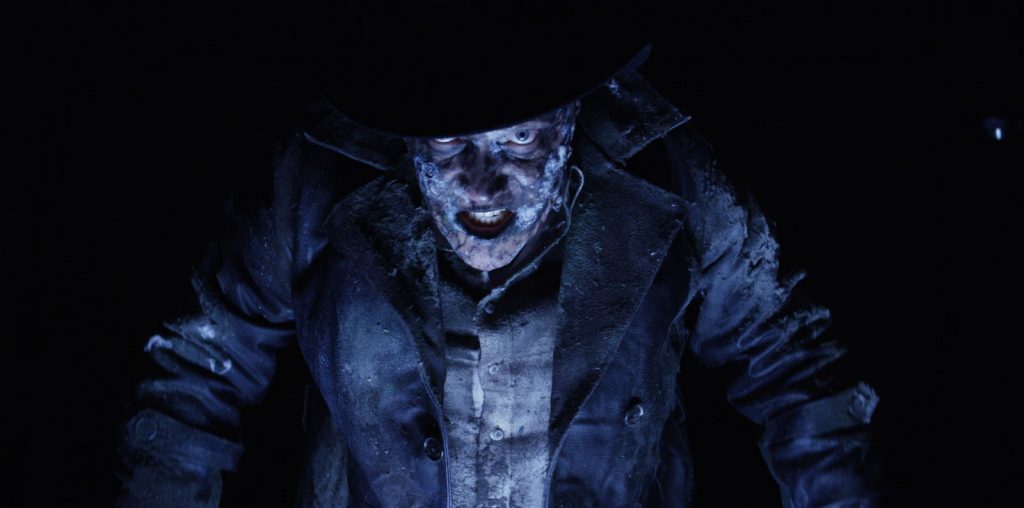
It’s easy to think of Japanese cinema as mostly Kurosawa’s films, monster movies, and the stuff Sandy Frank butchered, but of course it’s a community full of folks following their own particular muses. In the case of Seijun Suzuki, we have a director who went against the norms so aggressively that he ended up unable to work for a decade after he made “Branded to Kill.”
That film and its predecessor, “Tokyo Drifter,” showcased Suzuki at the top of his game in the late 1960s, right before he was fired and became embroiled in a lawsuit that ended in a pyrrhic victory: the money he won was greatly outweighed by the prime career years he lost. I had never seen any of Suzuki’s films before these two, but it wasn’t hard to notice how he influenced American filmmakers: there’s a shot near the beginning of “Tokyo Drifter” that has a “Reservoir Dogs” vibe to it, and the main character in “Branded to Kill” points his gun up a pipe to kill someone at a sink, a move referenced by Jim Jarmusch in “Ghost Dog: Way of the Samurai.” I’m sure you’ll pick up on others.
“Tokyo Drifter” follows Tetsu, a killer-for-hire pulled back into the Yakuza life that he has tried to leave. When he refuses to get involved, his former boss and the head of a rival gang put out hits on him, and he spends much of the movie getting into and out of tight situations. Each sequence pops with vivid colors, and the color scheme changes from one scene to the next. The story is loose, and the editing creates a frantic pace, with Tetsu’s confrontations sometimes ending without a clear idea of the outcome — all we know is that the main character has lived, and we’re left to deduce the fate of his opponent.
If you have trouble with that style of storytelling, you’ll really have a hard time with “Branded to Kill,” another gangster film featuring a freelance killer. This time, though, main character Goro Hanada wholeheartedly embraces his lifestyle, to the point that he wants to rise through the ranks and become the Number One killer (he begins the film in the third slot). When he botches a hit, though, he becomes a target himself, and soon he’s under siege by Number One.
While both “Tokyo Drifter” and “Branded to Kill” playfully subvert their genres, the latter dips into farce as Hanada indulges his fetish of sniffing boiled rice and becomes involved with a woman named Misako whose apartment is decorated with dead butterflies. Number One kidnaps Misako and sends assassins to eliminate Hanada. When that fails, he moves in with Hanada and says that he’s trying to decide how to kill him. The pair strike a temporary truce and set times when they can sleep and eat, with the requirement that they link arms when they go out in public together.
Hanada ditches Number One during an outing, but he receives a message from the top killer telling him to go to a gym where he will find Misako. The climactic shootout occurs in a boxing ring, an appropriate place for a confrontation between two heavyweight killers.
While neither of these discs are jam-packed with bonus features, they offer a few interviews, the films’ trailers, and booklets with essays by film critics Howard Hampton and Tony Rayns. (Criterion also says both films underwent high-def digital restorations and had their English subtitle translations improved.) The “Tokyo Drifter” DVD includes new interviews with Suzuki and assistant director Masami Kuzuu; both discuss the making of the film and the studio’s demand that the original ending be changed. Another interview, shot during a Suzuki retrospective in 1997, covers the early part of the director’s career.
Over on the “Branded to Kill” platter, Suzuki and Kuzuu reappear for another new interview to discuss this film and the fall-out from his firing that forced the director to make commercials for a decade. Lead actor Joe Shishido also shows up for a contemporary interview that covers his early career, including his decision to have a plastic surgeon puff out his cheeks so he could play leading roles, as well as his time working with Suzuki. Finally, the 1997 interview with Suzuki continues on this disc.
Unfortunately, Tarantino, Jarmusch, and other directors influenced by Suzuki don’t show up on either disc. I would have enjoyed hearing what they had to say about his work.

